
She/They. Researcher / Creator. 萬物以息相吹,於是思考更好的存在與共處方式。
Have you ever looked at photography this way? | Firefly and Sun: The deepest is the surface skin
*The exhibition is "Firefly and the Sun: Chen Chuanxing's Personal Spiritual History Part 2"; Curator: Gu Zheng; 2019.11.2-2020.1.12 Long Museum West Bund (Shanghai)
*Unless otherwise stated, all pictures are from the official website of Long Museum .
He is already an old man. Leaning on crutches, with a thin body, slightly hunched back, and a thin face with a thick-framed black-rimmed oval spectacle, like a teenager who has not grown up yet has grown old, a black, blue or gray shirt, His trousers are flat, his lips are slightly pursed when he is not speaking, he is calm and restrained.
In 1976, Chen Chuanxing, as the first young Taiwanese to study in France, traveled from the island to Europe, studied in the first photography department of the French Academy of Decorative Arts, and then studied film theory, psychoanalysis, and semiotics. He stayed for 10 years. "I was in the boat and I saw my body float past." This is his description of his 10 years of rebirth.
The 1970s has been called the most mentally depressing decade by historian Tony Judt. After the great boom of the 1960s, Europe experienced a rapid and persistent economic downturn, mass unemployment, and widespread political violence. Emergence, the 70s became an age of cynical ideological disillusionment, collectivism was turning to individualism, psychology became a pedagogy, and younger generations began to care more about a good job than social movements. At the same time, it was an era and a region where philosophy books were best-sellers. The classrooms of Roland Barthes, Foucault, and Deleuze were crowded... and the spiritual lighthouses eventually died and went mad. Chen Chuanxing began to use Freud's theory, Psychoanalyze yourself daily.
His descriptions are full of images of death and ghosts, and he also analyzes himself with the consciousness of death, no matter if he was a young man: "Going out of the greenhouse into the wilderness, the body was dismembered, hollowed out, scattered, panicked and lost without direction. , every day is a new thing.” Now, 40 years later, he said that now he has entered old age, and he has reached the so-called twilight of life, and the pictures he took are not dead. For more than 40 years, some of these negatives have grown. Mold is organic and growing. What does this image mean to his life?
"Firefly and the Sun" is the second part of Chen Chuanxing's personal spiritual history, following the exhibition "Arrived Without a Candle" in 2015. He planned four parts to present works at different stages in the past in chronological order. "taken in Taiwan, the hometown of my youth. The photographic works in this exhibition were taken during the five years from 1976 to 1980 at the beginning of his ten-year stay in France. Similarity", also represents the two spaces of the exhibition. The exhibition is not titled an archival personal life history, but a spiritual history. Chen Chuanxing, as a person who has been involved in many fields and spanned history, how did images become spiritual to him?
Potential Imaging in Embryos
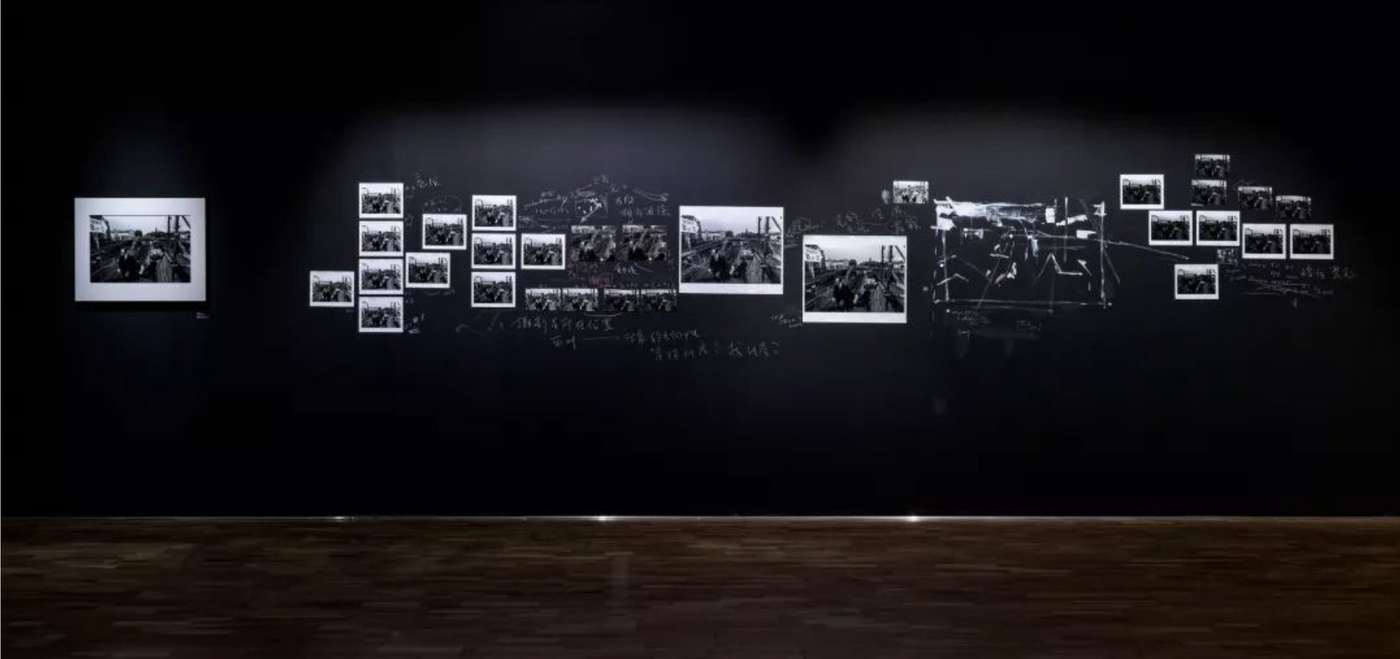

"Rainy weather, humidity, air-light, interrelationship... The photographer's location, what are you waiting for? What are you looking for?" Entering the pitch-dark exhibition space, the exhibition wall at the entrance reproduces the notes and the process of photo selection during printing. , the dismantling of the photos is like the analysis of the crime scene in a detective film: how did these photos come from, it has been determined by the climate and environment at the time of shooting, and the moment and scene have been rethought.
Looking back on his 10 years of experience, Chen Chuanxing said, "During this period, my photography was closely related to light and shadow, climate, human posture, and life. In it, I could see the trajectory of time, as well as very subtle viewing methods, angles, and even the photographer. Changes with the subject.” The selection and reprint attempt to restore the scene of the shooting, and also involve technical values related to the silver salt process. The photo is not a mechanically repeated presentation. This presentation inevitably leads to a discussion of digital/silver salt dematerialization, but it is not critical.
The fundamental difference between digital and silver salt is the disappearance of the latent image, that is, the instant process between shooting and development is invisible, unable to experience the intermediate moment when the image slowly appears in the chemical reagent. Without a sense of nostalgia for the disappearance of silver salts, the photography presented here goes beyond the duality of digital/silver salts and returns to its own body and source: light and shadow itself. Also in this area, there is a wall made of heat-sensitive material. Under the touch of heat, the image under it gradually develops and disappears, showing the process of forming an image between visible and invisible. From the latent image to the developed image is the key to the invention of photography.
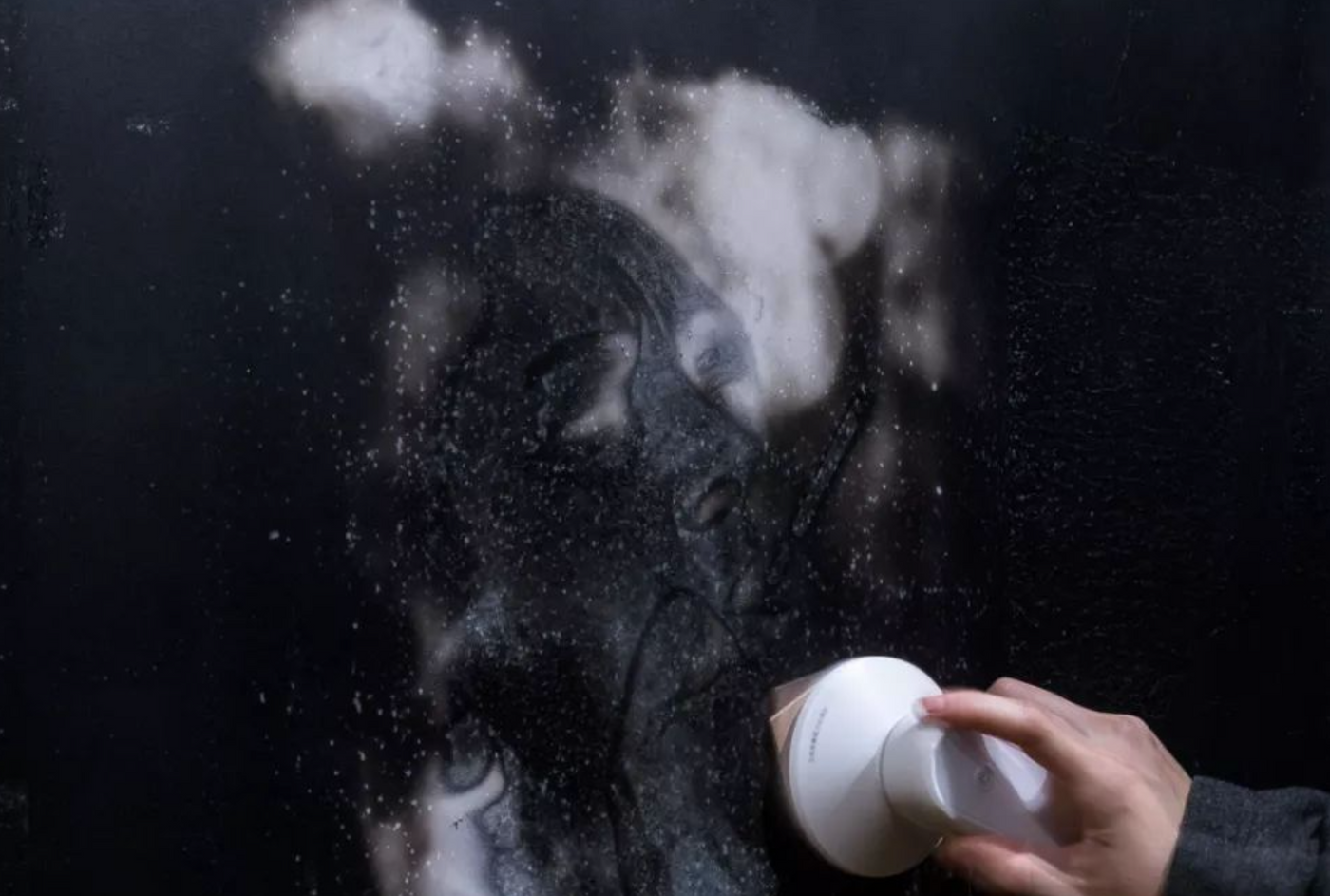
A steam box called "Shadow of the Fog Room" is placed in the hall. Chen Chuanxing's tribute to Daguerre works. According to its imaging principle, after the image inside appears, the negative image as the mother disappears. After the first negatives appeared, the predecessors anxiously searched for a way to fix the image. The narratives of the history of classical photography are always linked to scientific experiments: the length of exposure time, the chemical reactions of developing and fixing, and efforts to fix the image, present it in detail, and restore it more realistically. In fact, the exhibition light still changes the anions of the photos, and these photos are selenium toning in the darkroom to make the silver salt more stable. Chen Chuanxing regards photography's non-permanent materials and unstable qualities as the presentation of death itself (Chen Chuanxing's "Mirror Language in the Ming Room").
Superficial Skin: Emerging Images
The space for photography discussion is usually outside of photography. Photography as a medium often carries political, economic, and anthropological meanings... Entering the "Day" exhibition hall showing the positive phase, 136 pieces of silver salt are pressed by "market", "" The eight themed displays, Cemetery, Travel, Orly Airport, Delivery Truck Tour, Wedding, Labourer and Shadow, provide a glimpse into the life scenes and scenes of Western Europe in the 1970s. The characters, even though the photos are of workers, minorities and people of all skin colors, the photos are plainly named "airport Arabs" and "shepherds"...just describe some basic factual information. Their compositions are balanced without strong visual impact, and the two entrances present large dark tones, cold and lonely.
The photograph itself is highly referential and therefore transparent: the photograph is what the photograph shows. Photographed in the 1970s, the various people and laborers in Western Europe can not help but remind people of its special significance at that time. At that time, the direct consequence of the economic recession was the cold treatment of foreign workers, the repatriation of foreign workers, and the minority groups from the white working class. As a yellow race, Chen Chuanxing is the other among the others. A Taiwanese who went to Europe photographed these dissidents who had something in common with him. But Chen Chuanxing emphasized that he does not carry any ideology, and he still does not even know what these photos mean to him. In fact, there are many symbols such as the cross and Salome in his photos. Even the two photos at the entrance also symbolize the two major religions in Europe at that time: Christianity and Islam. In his narration, he did not add any representational or sociological or anthropological connotations to the photos, but removed them from "the burden of representation" and showed me a pure image space. It is precisely because of the tautology logic of the photo that the non-white laborers of the 1970s are presented, which makes people pay attention to the representation and guess the intention of the photographer. The ethics of photographing subjects.
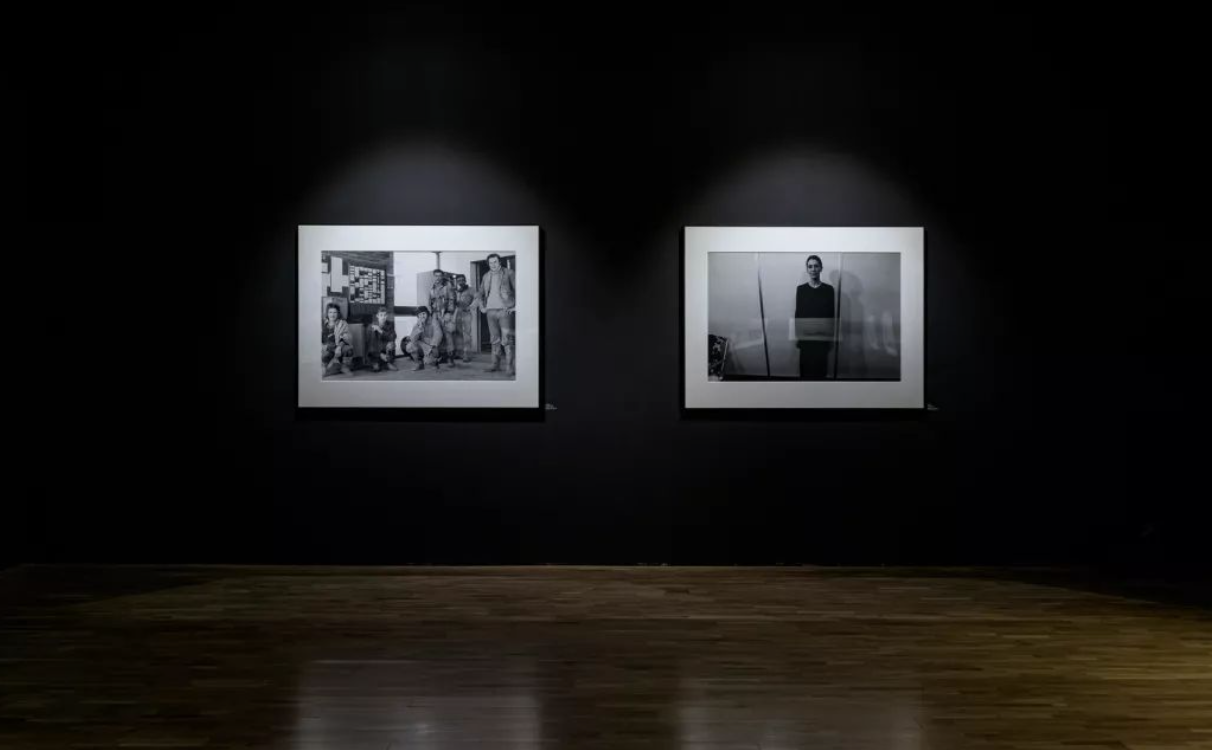
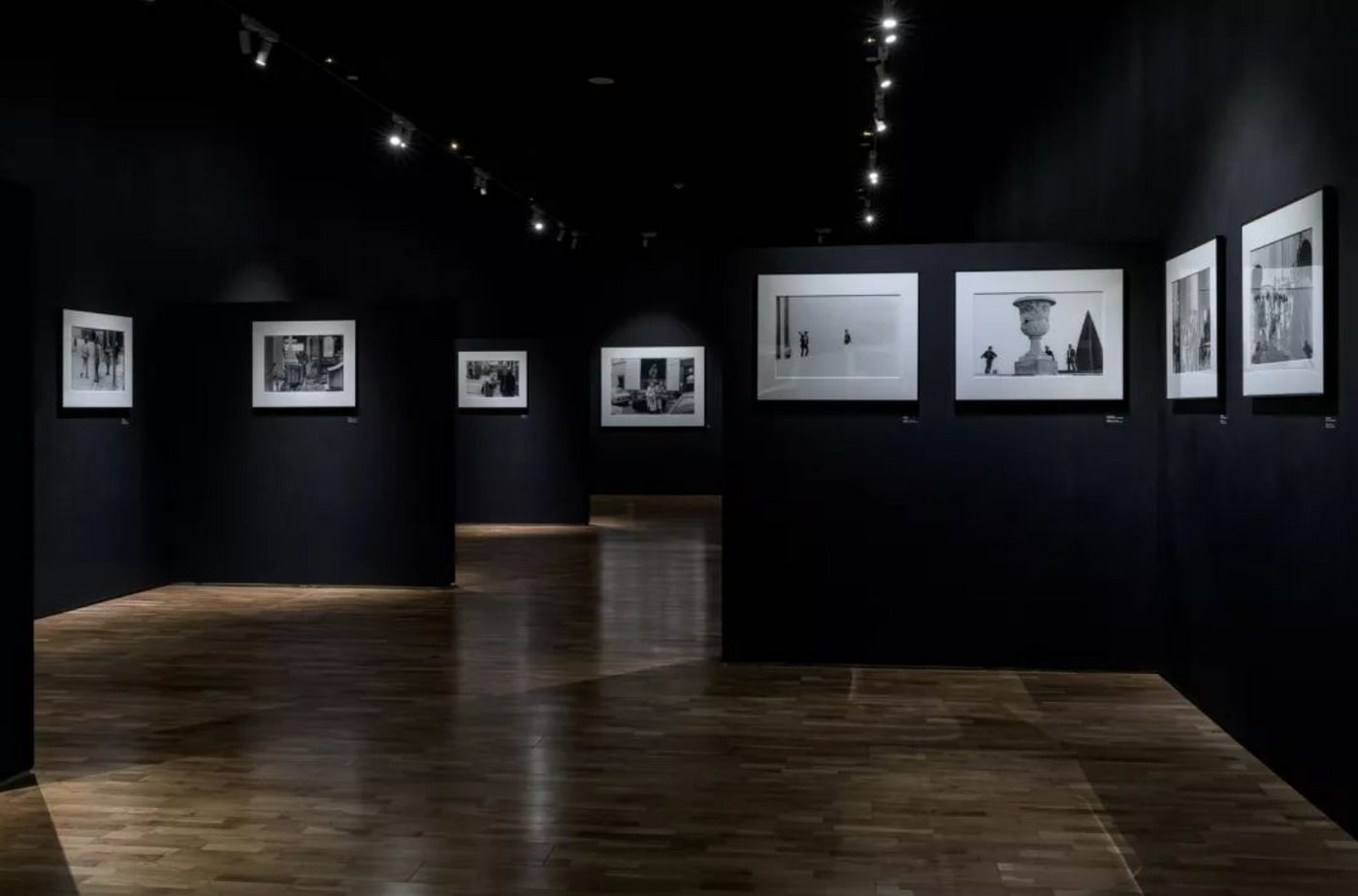
In the dialogues and activities related to the exhibition, Chen Chuanxing always emphasizes the essence of images, photography as photography. Photographers can only photograph the era he lived in. Chen Chuanxing and his subjects are in the same time and region, but he emphasizes that the exhibition is not to erect a monument, but to be closer to a tombstone. The common memory of all people, he hopes it is a tombstone that can be reshaped by everyone. Barthes pointed out in "Ming Room" that the essence of photography is that its subjects are real and have become the past, which is also the meaning of death. Chen said of the photos he took, "they're not even my memories."
Each photo carries a rich and multi-layered time: personal life time, darkroom labor time, photography mechanical time, developing and fixing time... After shooting, developing, saving, tossing and turning, material wear, transformation, and magnification, Some are 1/125th of a second, some are 10 years, some are 40 years. It carries a moment of the past through time, we find ghosts in the picture and experience death, in the sense that the picture has a life of its own independent of personal life.
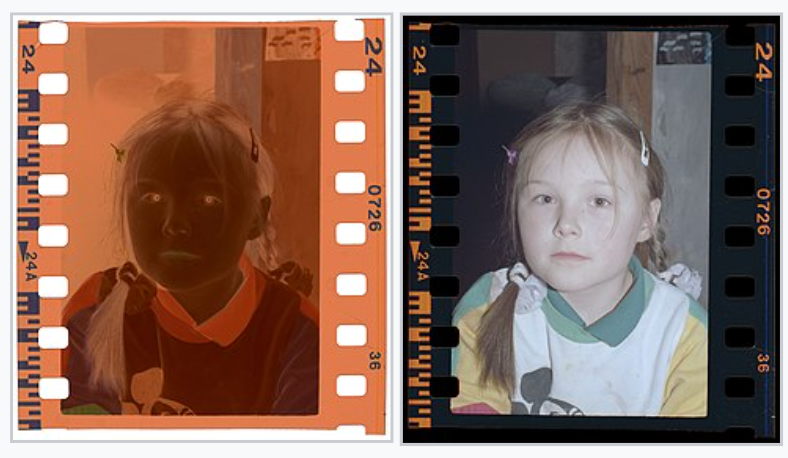
The negative of the mother is born and multiplied, and the darkness and the light negate each other and become photography. Chen Chuanxing thinks about photography as an idea, including its inherent contradictions and tautology, and the constant questioning of images has become a personal spiritual history. In "Firefly on the Shore" Chen Chuanxing wrote, "Light moves the visual organs in the transparency of the air, like a seal imprinted on wax. ... Under the strong sunlight, he suddenly felt like a wax block being branded by the light. , self-photography becomes light, pure light does not have any image.... He becomes this light, and he knows how to face and see this light." I would like to understand "firefly and sun" as light and sunlight, and firefly is weak and short-lived , seems like nothing, and the sun is strong for hundreds of millions of years, the world is a potential image in chaos, through photography to capture this fluorescent light, through development and imaging, to understand how to face and view this eternal divine light, the image is here Becoming the image itself, the negation and compounding of light and shadow, borrowing from Valéry's poem, for photography, "the deepest is the surface skin."
Like my work?
Don't forget to support or like, so I know you are with me..
Comment…